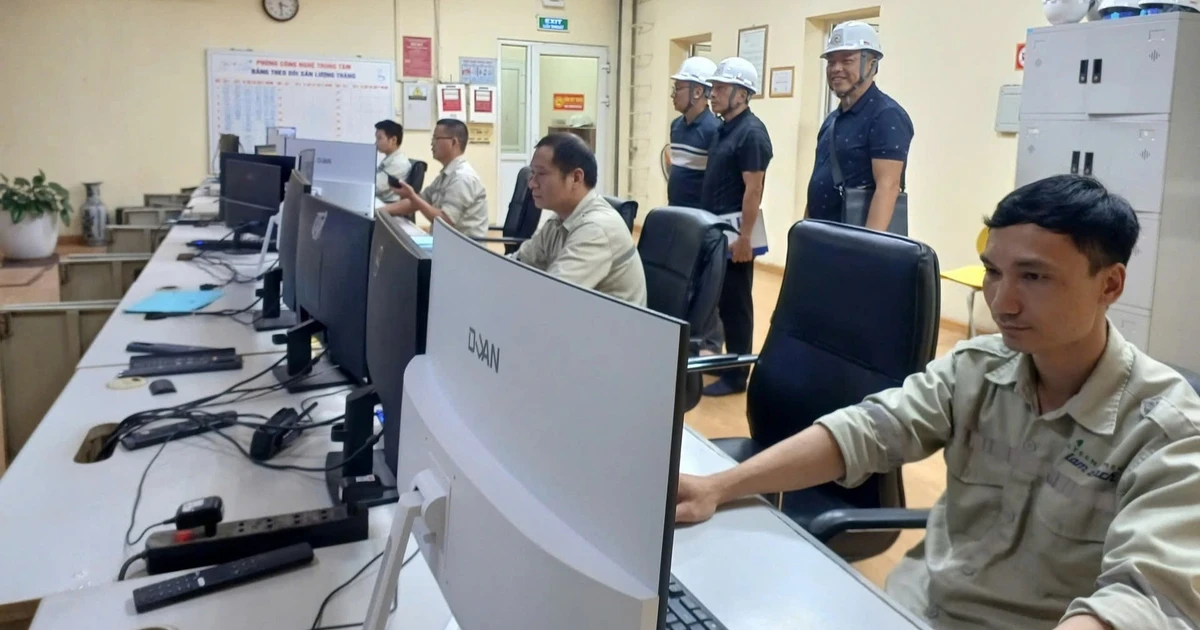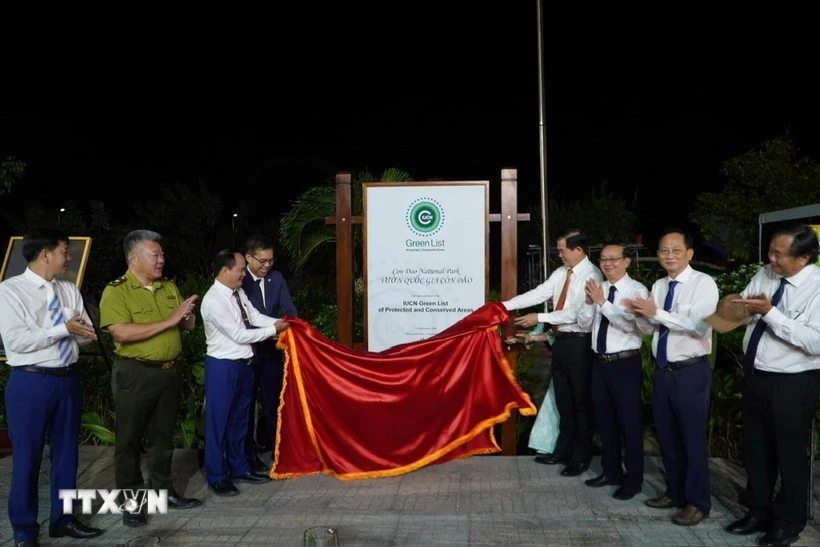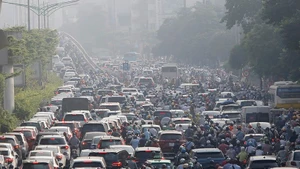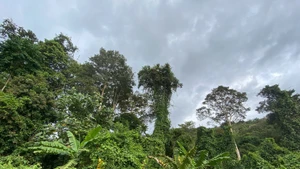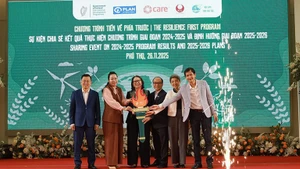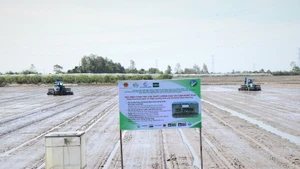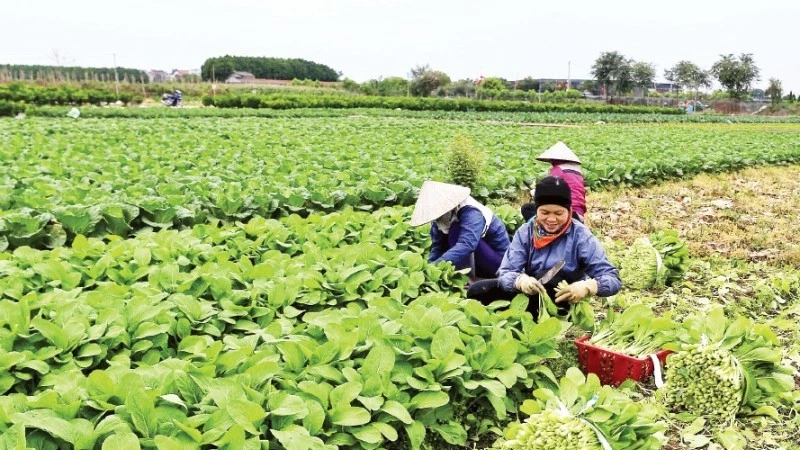To quickly develop infrastructure serving both local residents and visitors, while fostering sustainable socio-economic growth, the city authorities have prioritised green transport and emission reduction.
Green transport
The Ho Chi Minh City Department of Construction recently proposed opening six electric bus routes in Con Dao.
Le Hoan, Deputy Director of the Public Transport Management Centre under the department, said the introduction of new electric bus routes aims to meet the travel demand of both local residents and tourists.
The use of environmentally friendly vehicles is also expected to encourage people to shift from private vehicles to public transport, ensuring essential public services, promoting low-emission mobility, and contributing to the goal of developing Con Dao into a national tourist destination.
The electric bus routes are designed to serve the daily commuting and business needs of local residents, connecting the north-western and south-eastern residential areas with schools, medical centres, public housing, accommodation facilities, hotels, and popular scenic and historical sites.
In the first phase, the centre plans to launch Route 173, spanning 17.1 kilometres and linking Con Dao Market with Con Dao Airport.
Subsequently, the city will introduce new routes running through central Con Dao, such as Route 174 (Con Dao Centre - Ben Dam Port) and Route 178, which links major tourist attractions and scenic spots.
Hieu Thanh, a local tour guide, said: “Con Dao is a paradise for many visitors, thanks to its pristine ecosystem and clear blue beaches. Therefore, we must all work together to preserve its landscape. Investments in services and infrastructure must ensure conservation and environmental protection, especially by reducing emissions from transport.”
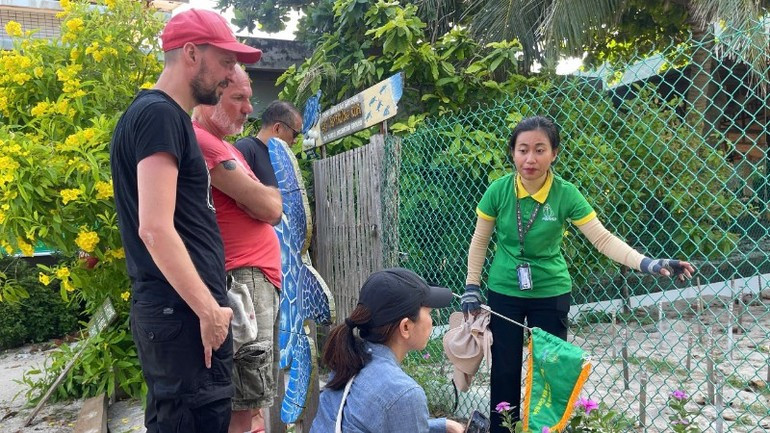
In addition, the Department of Construction has proposed installing charging stations at Nguyen Duc Thuan Park and in the parking area behind Hang Duong Cemetery to serve electric buses.
Statistics show that over 95% of vehicles in Con Dao still use fossil fuels, while public transport infrastructure remains underdeveloped and non-motorised transport is almost non-existent. Therefore, the city’s focus on developing a green transport system is entirely appropriate.
Similarly, the Ho Chi Minh City Public Transport Management Centre plans to introduce seven electric bus routes in Can Gio, alongside restructuring the existing bus network and developing clean-energy vehicles. Furthermore, the city is preparing to establish low-emission zones (LEZs) in central areas and in Can Gio from 2026.
Accordingly, in Can Gio, petrol and diesel vehicles that fail to meet emissions standards will be restricted from the Rung Sac Road. High-emission vehicles, such as lorries accounting for about 40% of total emissions, motorbikes below Euro 2 standard, and cars below Euro 4, will be restricted or banned. The low-emission zone will later expand to cover the communes of Binh Khanh, An Thoi Dong, Can Gio and Thanh An.
In early June 2025, Ho Chi Minh City also launched the action programme “For a Green Can Gio”, designating the area as the city’s pilot low-emission zone.
Over the next five years, the goal is for Can Gio to become a model green urban area, a model of sustainable development in the blue economy, eco-tourism and environmental protection.
Ho Van Binh, Vice Chairman of the Can Gio Commune People’s Committee, said the commune, home to more than 70,000 residents, currently has around 33,000 motorbikes and nearly 1,000 cars. Thus, Can Gio will receive investments in clean energy infrastructure and accelerate the transition to 100% electric vehicles, prioritising public transport using clean fuels.
Binh added that the city should provide full financial support for new vehicles for disadvantaged groups, while linking it with vocational training and livelihood transition programmes to create more sustainable job opportunities in the green economy.

Promoting ecological strengths
Bui Hoa An, Deputy Director of Ho Chi Minh City’s Department of Construction, said that selecting Can Gio and Con Dao as pilot sites for the green transition stems from their sensitive yet manageable ecosystems and relatively small number of vehicles. Therefore, the city must develop a clear policy framework and a specific roadmap to help residents and businesses prepare.
Le Thanh Hai from the Ho Chi Minh City Institute for Development Studies noted that defining low-emission zones in Ho Chi Minh City may be easier than in Ha Noi, as Can Gio and Con Dao are separate, independent areas. Establishing LEZs is an effective measure to reduce vehicle emissions, a model that has been successfully implemented in many cities around the world.
Urban experts also suggest that to truly make Can Gio and Con Dao “smokeless” urban models, substantial investment in electricity grids and renewable energy is essential. Both areas should focus on developing rooftop solar and wind power systems to ensure a stable, clean, and affordable energy supply for electric bus operations.
These initiatives will lay the foundation for Ho Chi Minh City to implement programmes and plans aimed at transitioning transport from fossil fuels to clean energy, achieving green mobility goals, promoting the green economy, and aligning with the ecological characteristics of Can Gio and Con Dao.

